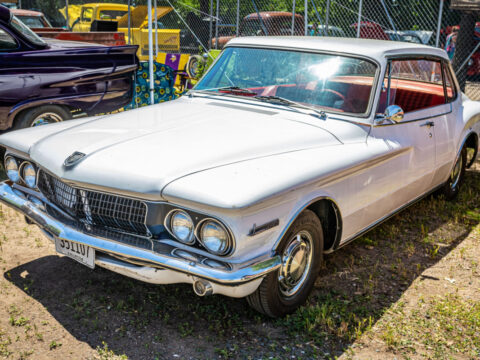Maintaining a hybrid vehicle comes with unique benefits, but it also presents a few challenges that can be frustrating for owners. From costly repairs to complicated diagnostics, hybrids require special attention that’s different from traditional cars. Understanding these common frustrations can help hybrid drivers better prepare for the road ahead. Here are 17 of the most frequent issues hybrid owners face.
Contents
Battery Replacement Costs
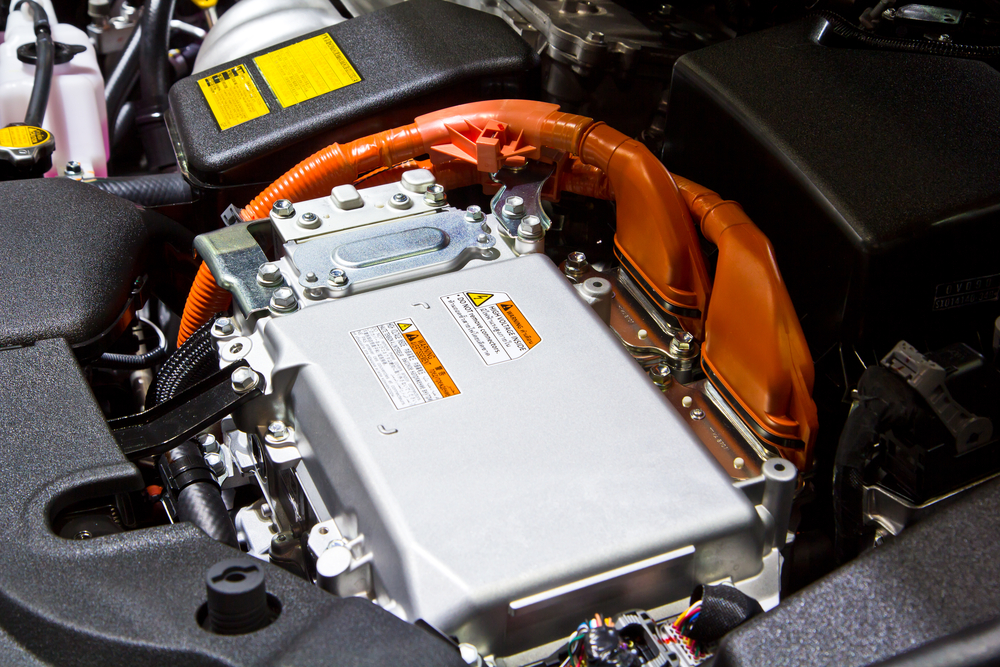
One of the most significant challenges hybrid vehicle owners face is the high cost of battery replacement. Hybrid battery packs typically need to be replaced every 8 to 10 years, and the cost can range from $2,000 to $8,000, depending on the model. This steep price can be a major financial burden, especially for vehicles nearing the end of their lifespan. Many owners find themselves questioning whether the investment is worth it.
Limited Mechanic Availability
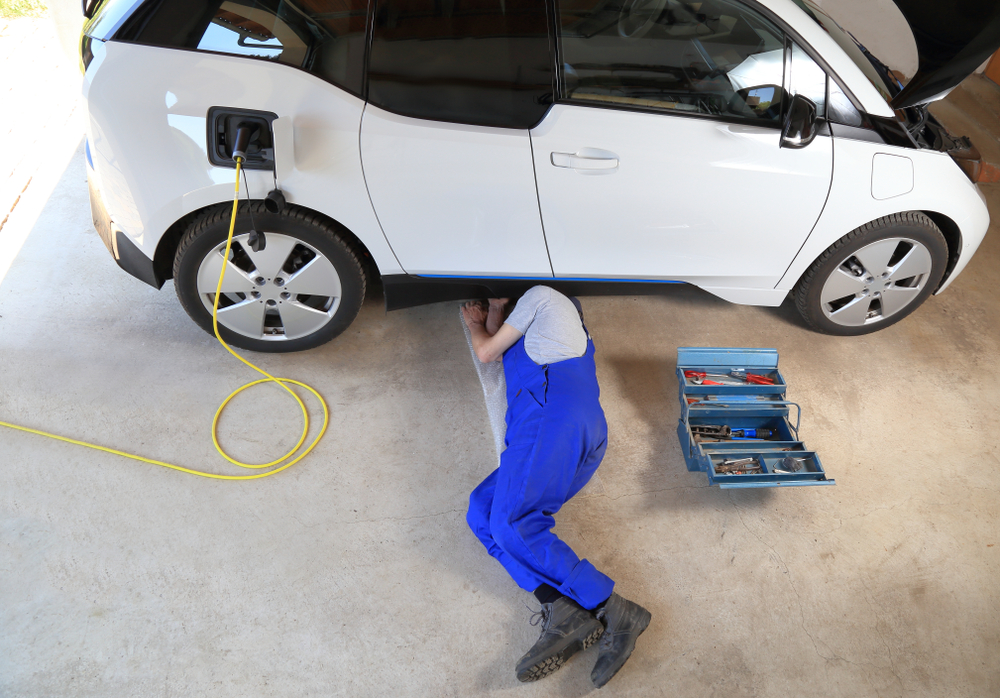
Finding a mechanic who is properly trained to work on hybrid vehicles can be difficult. Unlike conventional cars, hybrids require specialized knowledge, particularly in handling the electrical systems. As a result, many owners are forced to take their vehicles to dealerships for repairs, which often charge more for labor. In areas where hybrid vehicles aren’t as common, this becomes even more frustrating.
Complex Diagnostic Issues
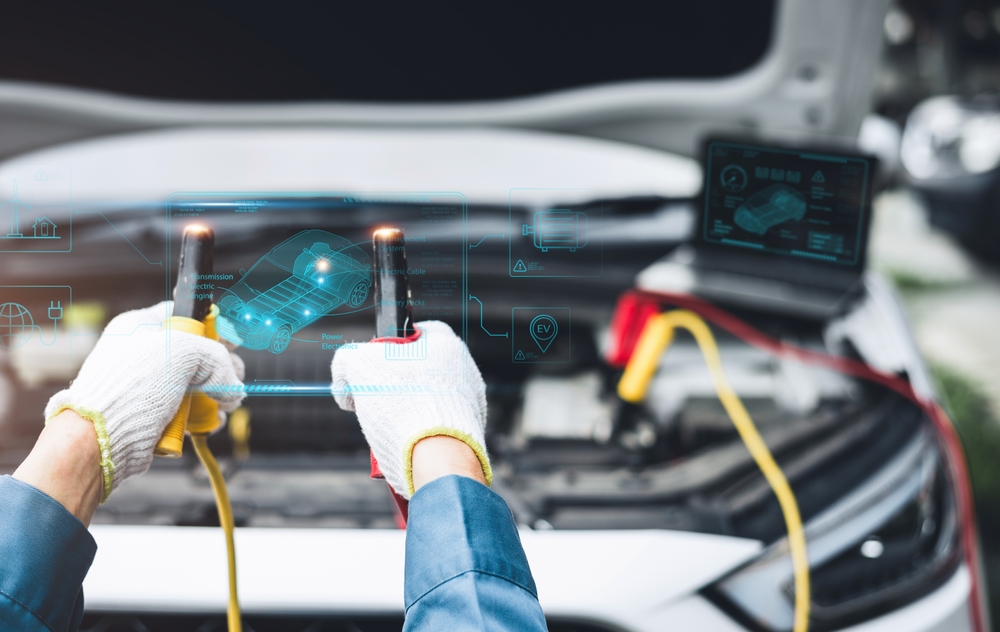
When it comes to diagnosing problems in hybrid vehicles, the complexity of the dual system can be overwhelming. Mechanics need to determine whether an issue stems from the electric motor, the gasoline engine, or the interaction between both. This added layer of complication makes repairs more time-consuming and expensive. Specialized diagnostic tools are often required, which means not every repair shop is equipped to handle these vehicles.
Brake System Wear and Tear
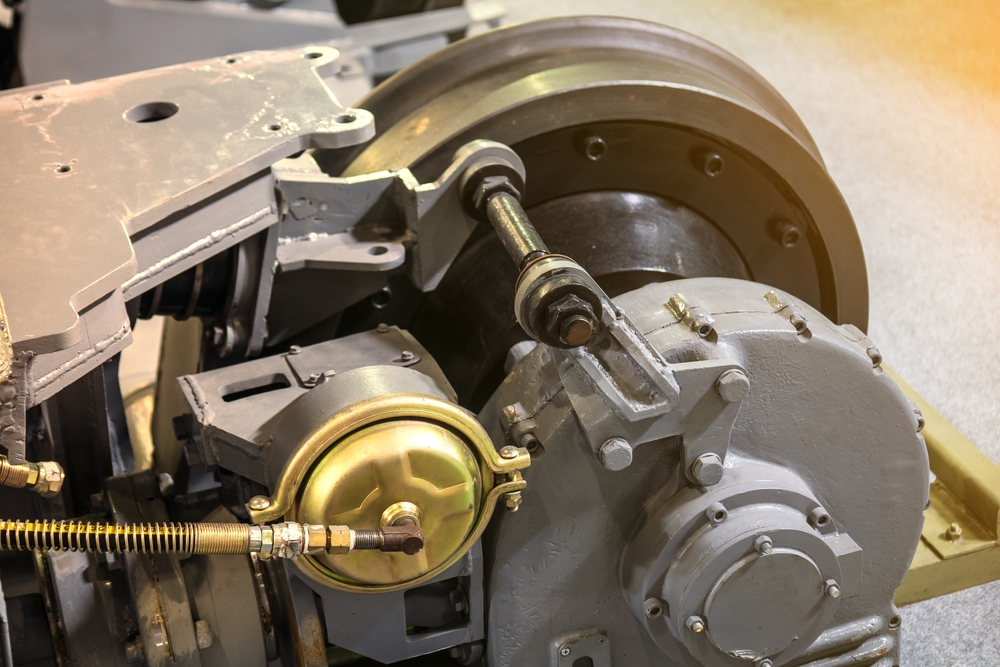
Hybrids utilize regenerative braking systems, which help conserve energy but can lead to unique maintenance challenges. While the system reduces wear on traditional brake pads, it can cause uneven wear and other issues in the long run. Mechanics who aren’t familiar with regenerative braking may struggle to perform proper repairs. Additionally, components like brake sensors may wear out quicker due to the system’s dual nature. This adds a layer of frustration for those expecting reduced maintenance costs in this area.
Software Updates
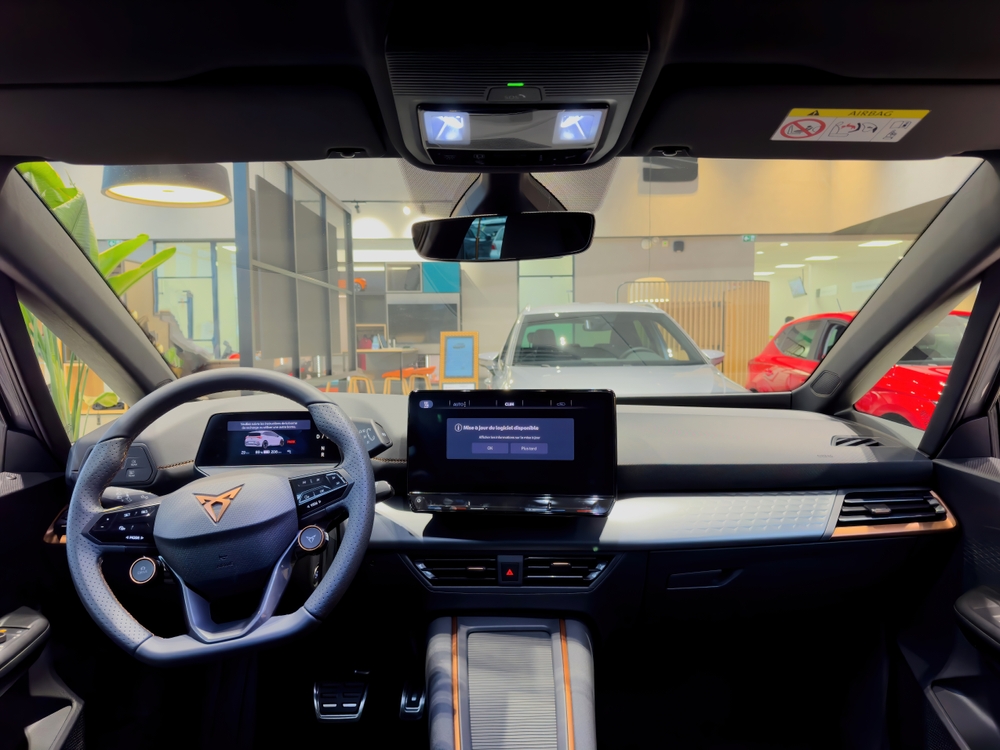
Hybrid vehicles, like smartphones, frequently require software updates to ensure their systems are functioning efficiently. While some updates are automatically installed, others require a trip to the dealership, which can be inconvenient. These updates can also temporarily disable certain vehicle features or cause compatibility issues. For hybrid owners who expect seamless performance, having to keep track of software updates adds unnecessary frustration. The frequency of these updates can also vary, making maintenance feel unpredictable.
Charging Infrastructure Limitations
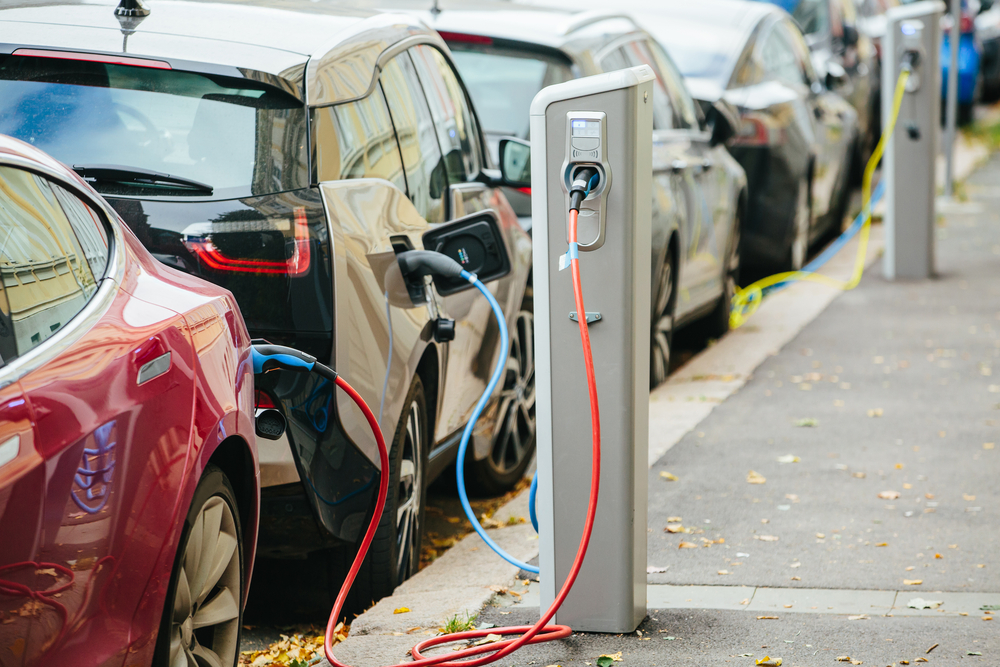
Plug-in hybrids require regular charging to maximize efficiency, but access to charging infrastructure isn’t always available. For those without home charging options, public charging stations can be scarce, especially in rural areas. This makes it difficult to fully utilize the electric capabilities of the vehicle. Without reliable charging access, hybrid owners may find themselves relying more on gasoline, which defeats the purpose of owning a hybrid in the first place.
Diminished Fuel Economy in Cold Weather

In colder climates, hybrid vehicles often experience reduced fuel efficiency. The battery loses capacity in low temperatures, forcing the gasoline engine to kick in more frequently. As a result, drivers may not see the expected fuel savings, particularly in winter. This can be frustrating for those who purchased a hybrid specifically for its efficiency. Additionally, using the internal heater drains the battery even further, compounding the issue.
Transmission Issues
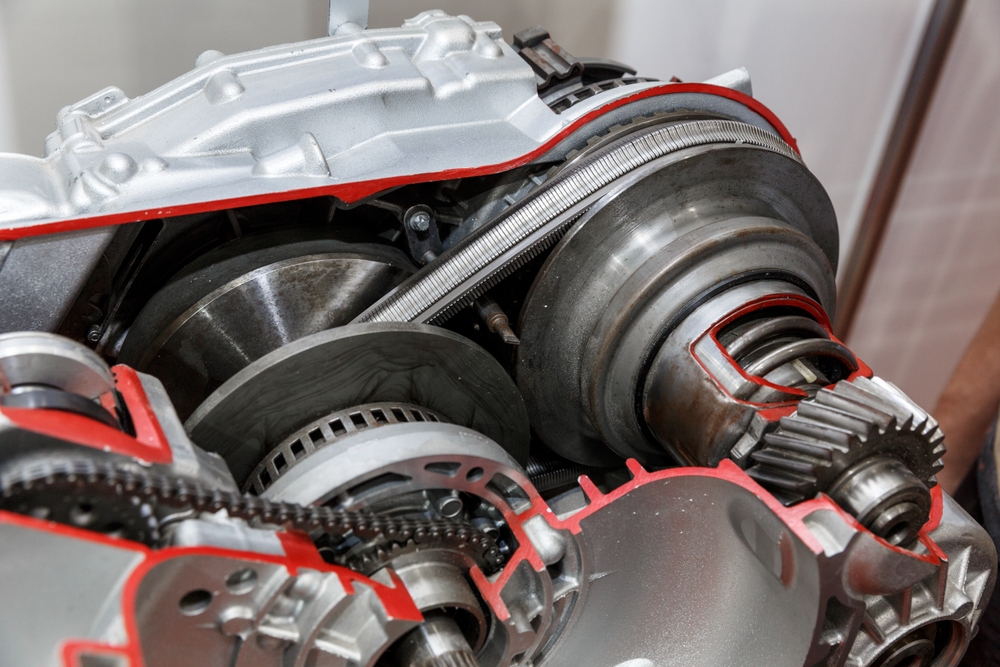
Many hybrid vehicles are equipped with continuously variable transmissions (CVTs), which are designed to enhance fuel efficiency. However, CVTs are notorious for their susceptibility to overheating and belt slippage. These issues can lead to premature failure of the transmission, resulting in expensive repairs. The complexity of CVTs also makes them harder to repair, and few mechanics specialize in this type of transmission. Hybrid owners may find themselves dealing with costly repairs more often than expected.
Dependence on Manufacturer-Specific Parts
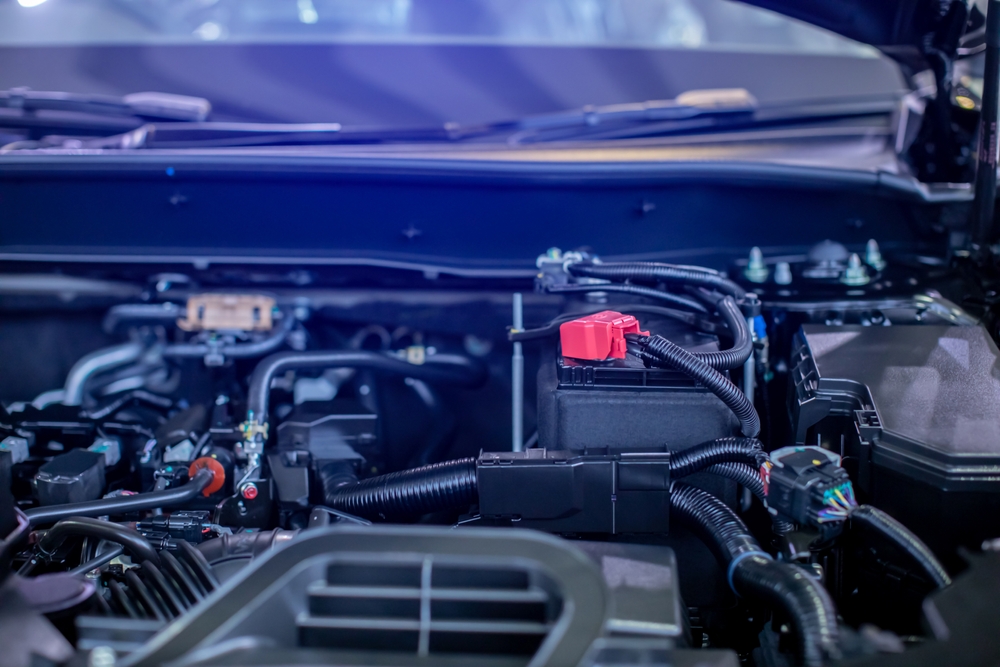
Hybrid vehicles rely heavily on parts that are often specific to the manufacturer. Whether it’s the battery system, electrical components, or engine parts, these components can be difficult to source outside of authorized dealerships. This lack of availability drives up repair costs and can result in longer wait times for parts. Hybrid owners who prefer using aftermarket parts will find that options are extremely limited, leaving them at the mercy of dealership pricing.
Higher Insurance Premiums

The cost to insure a hybrid vehicle is typically higher than that of a traditional car. Insurance companies charge more due to the expensive parts and specialized repairs required for hybrids. This can be a disappointment for owners who expected to save money overall by driving a fuel-efficient car. The higher premiums can eat into the savings gained from better fuel economy, leaving owners frustrated. In some cases, the difference in insurance costs can be significant enough to deter potential buyers.
Limited Resale Market
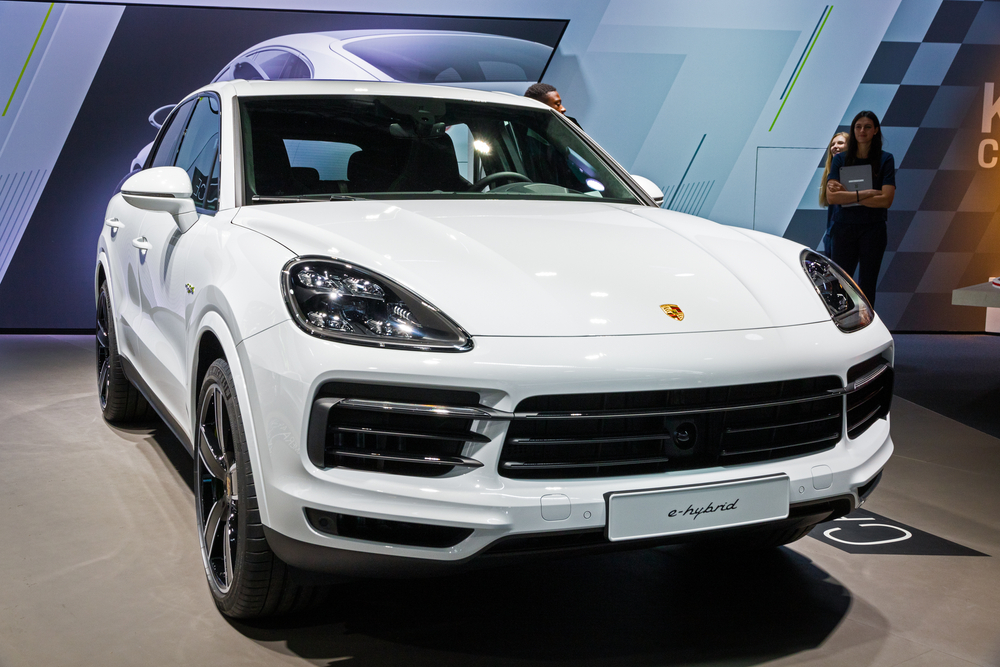
Selling a used hybrid vehicle can be more difficult than selling a conventional car, especially when the battery is nearing the end of its life. Prospective buyers are often wary of the high cost of battery replacement, which can cause the vehicle’s resale value to drop sharply. This makes it harder for owners to get a good return on their investment when they decide to sell. Hybrid owners may find themselves holding onto their vehicles longer than anticipated due to the limited market demand.
Difficulty Finding Aftermarket Accessories
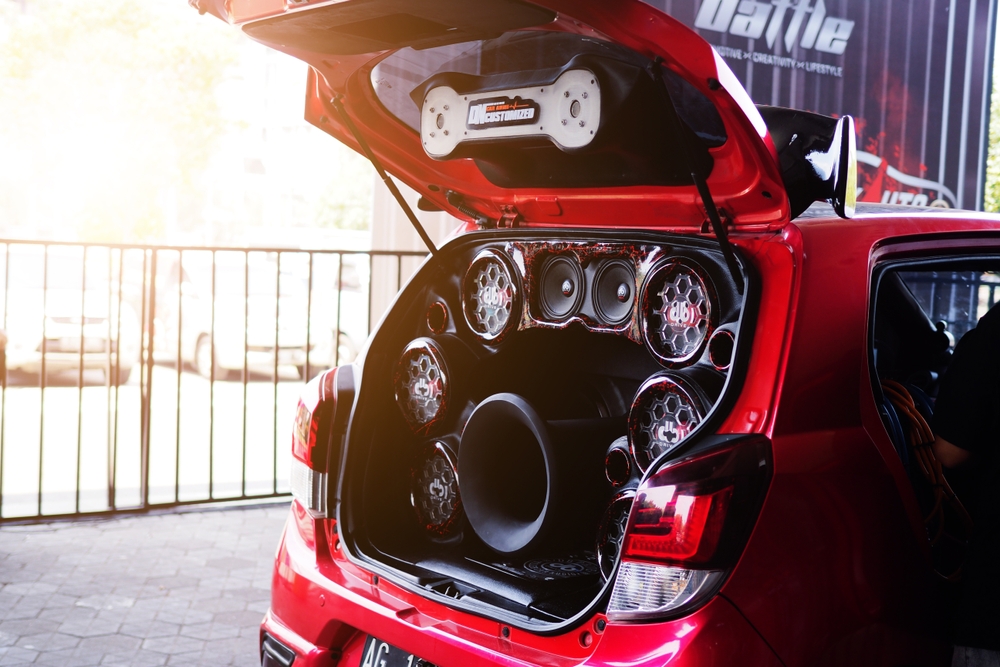
Customizing a hybrid vehicle with aftermarket accessories is often challenging. The unique design and dimensions of many hybrids limit the availability of compatible accessories like roof racks, performance parts, or interior upgrades. This restriction can be frustrating for owners who want to personalize their vehicles. Additionally, when aftermarket options are available, they are often more expensive due to the specialized nature of hybrid vehicles.
Overheating Batteries
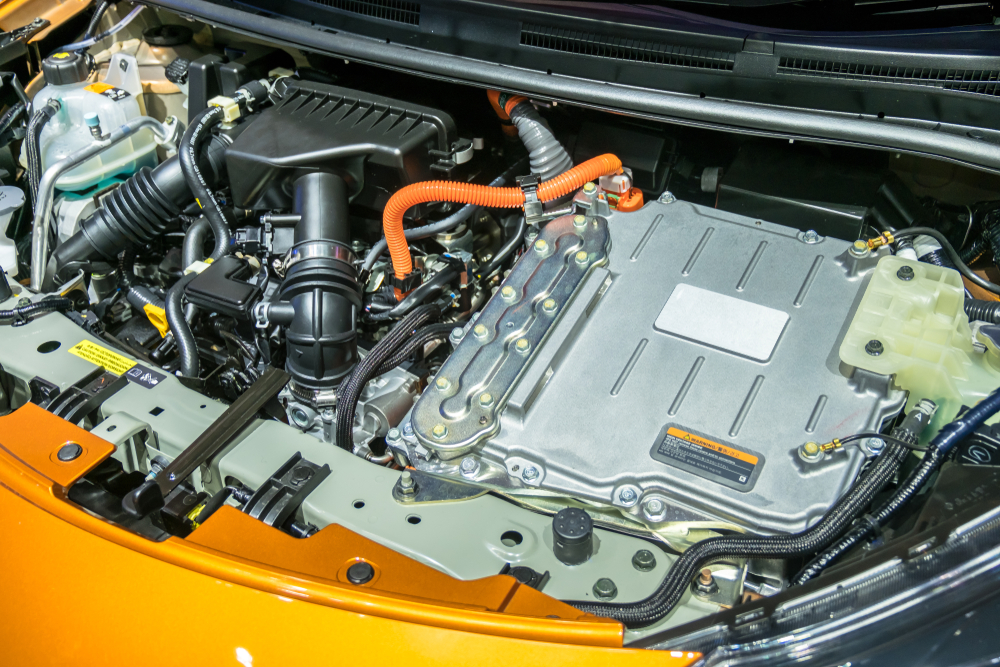
Hybrid batteries are susceptible to overheating, especially during long drives or in hot climates. Excessive heat can reduce the battery’s efficiency and lifespan, leading to costly repairs or replacements. Hybrid owners must be extra cautious about temperature management to avoid damaging the battery. Cooling systems may not always be sufficient to prevent overheating, particularly during extended use. This vulnerability adds an extra layer of stress for owners in warmer regions.
Exhaust System Corrosion
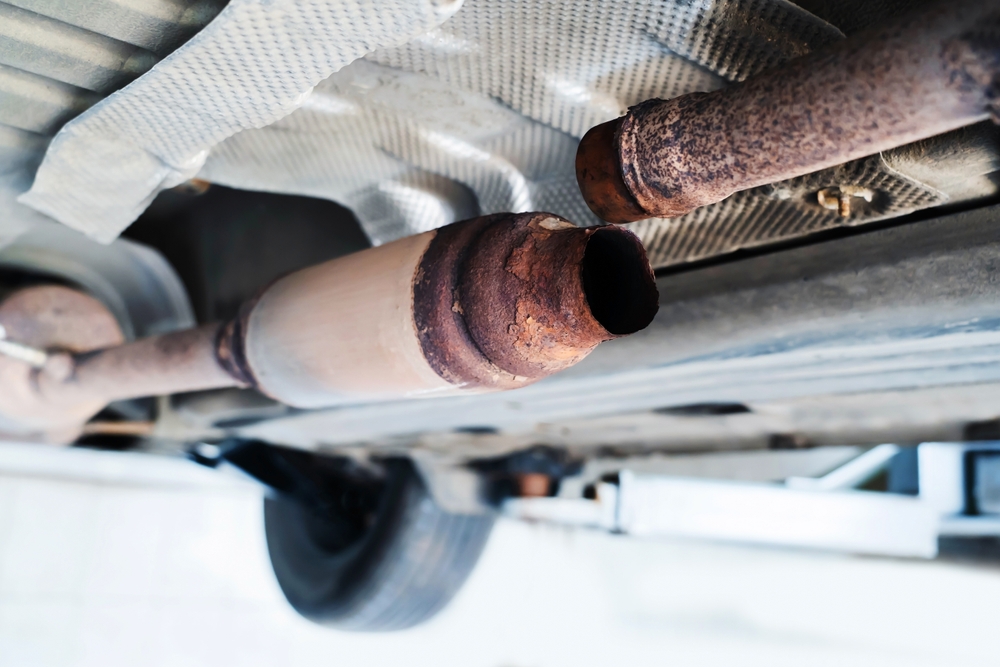
One of the lesser-known issues with hybrid vehicles is corrosion in the exhaust system. Because hybrids rely more on their electric motor, the gasoline engine doesn’t run as frequently or get as hot, allowing moisture to accumulate in the exhaust system. Over time, this can lead to rust and corrosion, resulting in expensive repairs. The problem is more common in areas with high humidity or frequent rain, adding frustration for hybrid owners in these climates.
Tire Wear Due to Added Weight
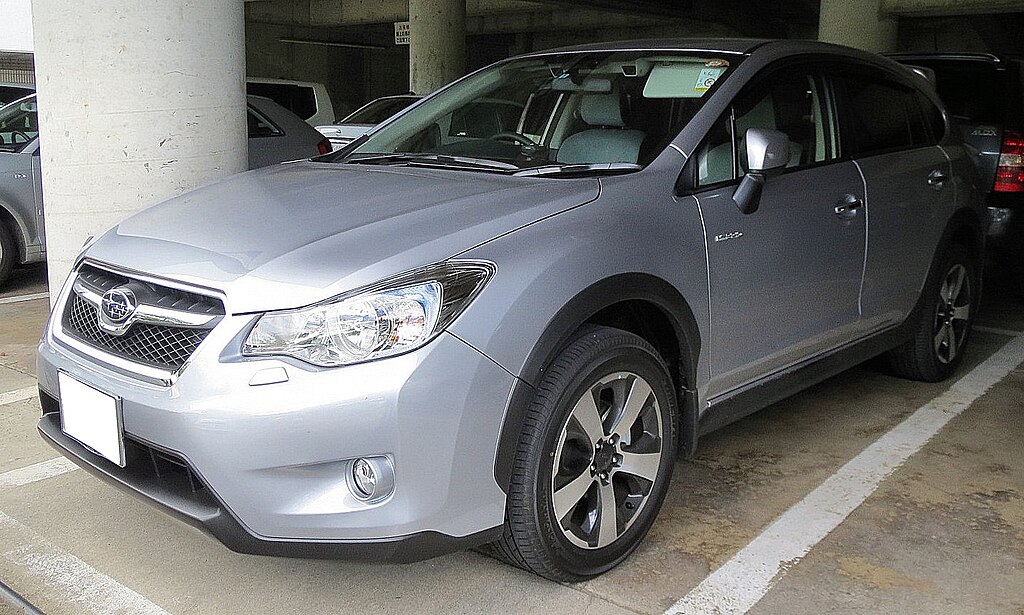
Hybrid vehicles tend to be heavier than their gasoline-only counterparts due to the added weight of the battery pack. This increased weight puts more stress on the tires, causing them to wear out faster. Owners may find themselves replacing tires more frequently, which adds to maintenance costs. In some cases, hybrid vehicles may require special high-performance tires to handle the extra load, further increasing expenses.
Battery Recycling Challenges
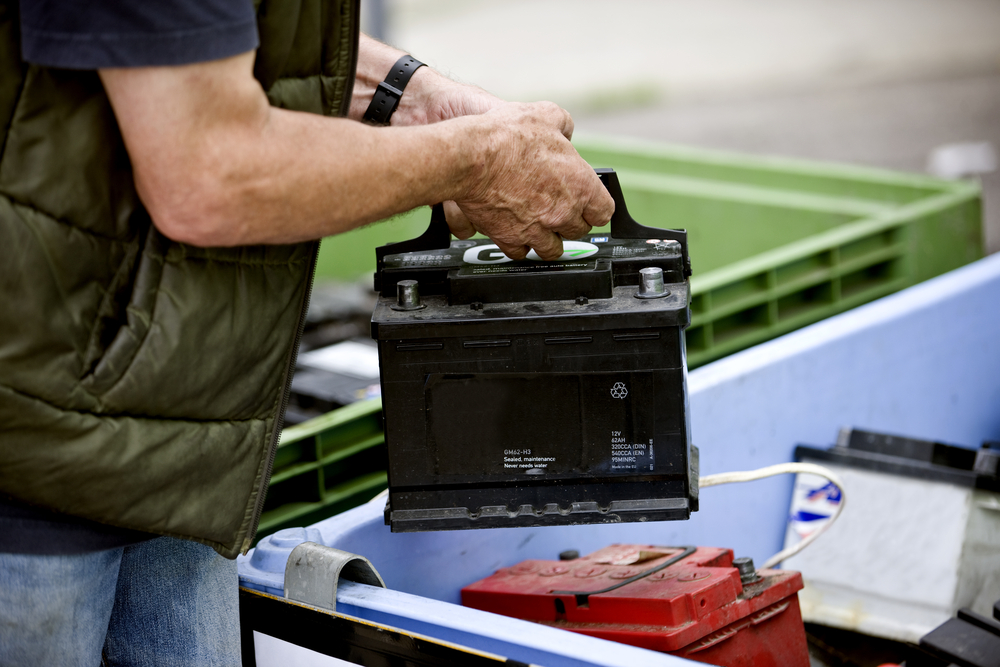
When it comes to disposing of or recycling hybrid batteries, the process is far from simple. Many hybrid owners struggle to find convenient recycling programs, particularly in less urbanized areas. Improper disposal can pose environmental risks, which is a significant concern for many hybrid drivers who chose these vehicles for their eco-friendly benefits. The added difficulty and potential cost of recycling batteries make the process more frustrating than it should be.
Limited EV Mode Range
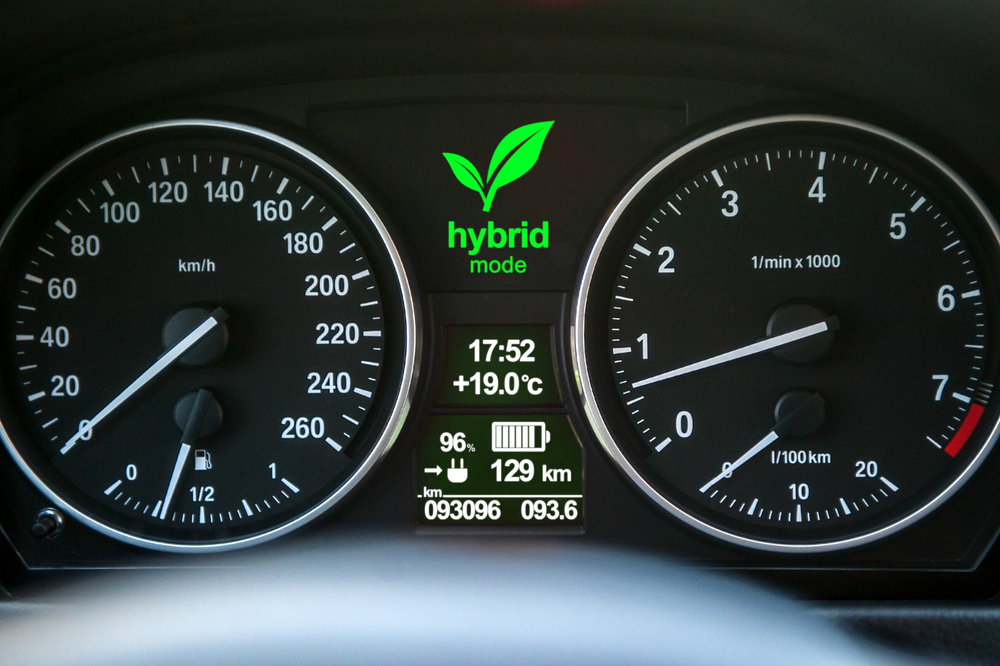
While plug-in hybrids offer the ability to drive in electric-only mode, the range is often quite limited. Most plug-in hybrids have an EV range of around 20 to 50 miles, which can be a disappointment for drivers hoping to rely mostly on electricity. For longer trips, the gasoline engine is needed, reducing the overall fuel efficiency. This limited range can make owners question whether the added complexity of a hybrid is worth it for their driving needs.
This article originally appeared in MyCarMakesNoise.
More from MyCarMakesNoise
13 Biggest V8 Powerhouses Built by GM, Ranked
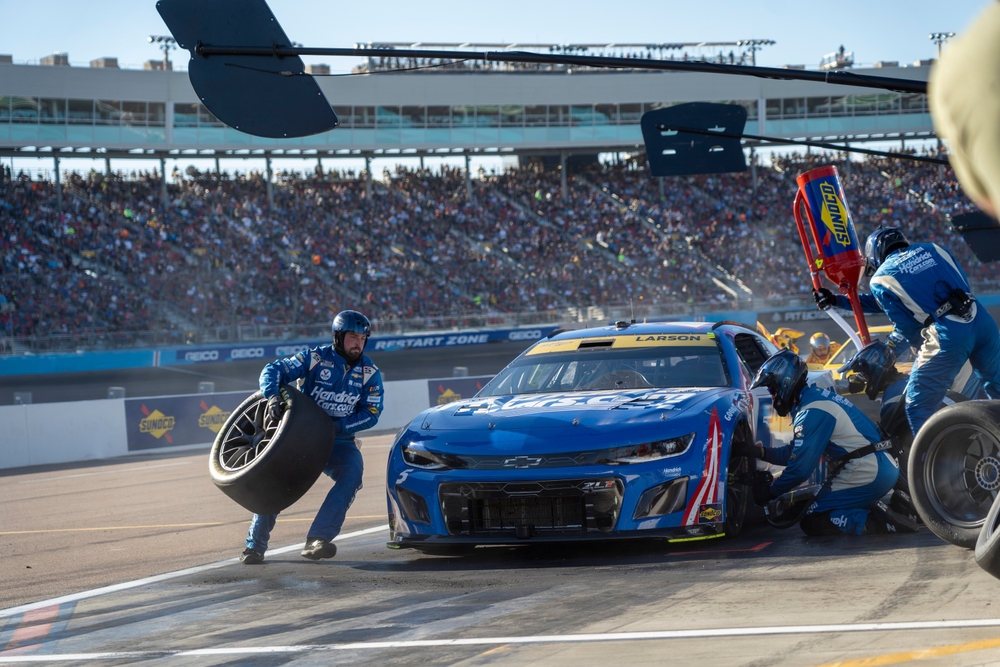
General Motors has a storied history of producing some of the most powerful and revered V8 engines in the automotive world. From muscle cars to luxury vehicles, these engines have delivered exceptional performance and power. Read More.
15 Must-Visit Route 66 Landmarks

Exploring Route 66 is like taking a journey through American history, filled with iconic landmarks that capture the spirit of the open road. Read More.
15 Must-Have Items for Flat Tire Emergencies

Getting a flat tire is never convenient, but having the right tools and supplies in your vehicle can turn a potentially stressful situation into a minor delay. From safety gear to practical tools, this guide will walk you through the essential items you should have on hand. Read More.


